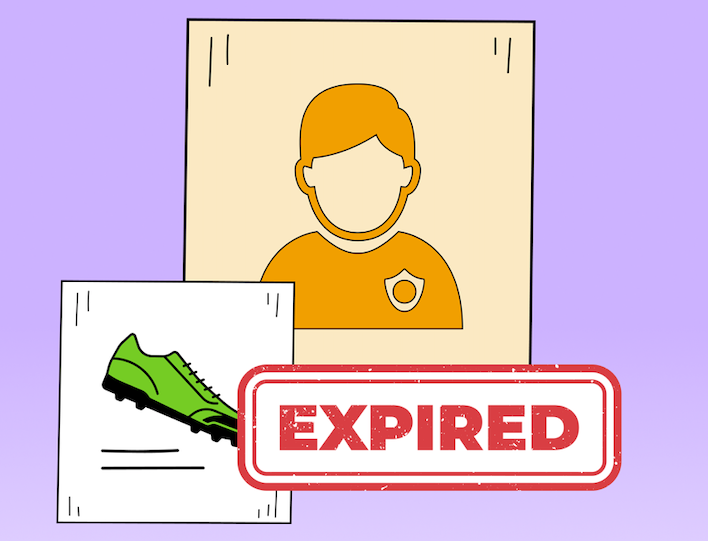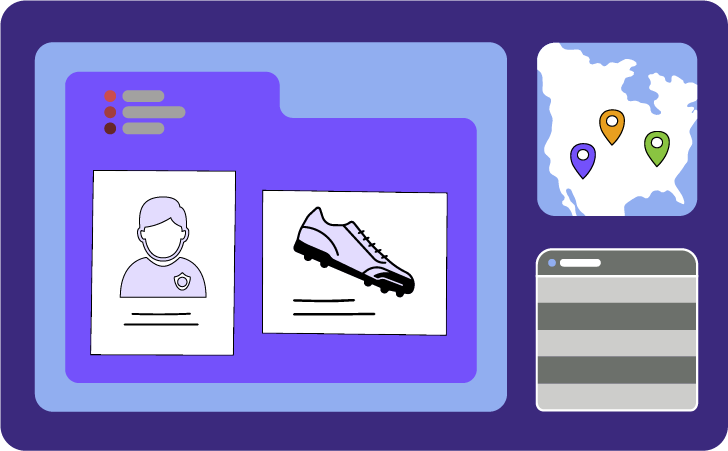Manage Image Licensing At Scale with Item Library


Whether it’s a big celebrity endorsement, a brand crossover, or simply licensing images to use across your campaigns, partnering with iconic people and brands and using third-party content are integral components of most marketing strategies.
While effective and convenient, they come with agreements and conditions requiring strict adherence to avoid legal ramifications. And, when running campaigns in hundreds of locations, managing the images in use can cause significant headaches for even the most vigilant marketing departments.
If you’re in the midst of an image licensing error or challenge, or you’re looking to minimize future risk, in this article, we explore how you can stay on top of all your image licensing deals at scale.

Picture this: your marketing team has run a campaign across thousands of stores and digital locations, potentially using hundreds of images… Suddenly, they are alerted that some of those images are being used in a way that conflicts with a license agreement.
What is your immediate reaction?
With the real possibility of legal action, fines, and damage to your organization’s reputation – particularly when it comes to breaching a brand license – and no instant solution, panic can set in.
For digital images, tracking them down and removing them might not be too challenging. But, locating physical marketing collateral can quickly feel like finding a needle in a haystack. And that haystack is regularly moving and changing as campaigns are adjusted in all your locations. It’s an arduous and potentially impossible task without the right tools to help you identify where that campaign was executed and facilitate rapid communication with remote teams to correct the error.
And that is just one example.
Other common challenges retailers and other multi-location businesses face in image licensing include:
When it comes to using brand-licensed assets, getting it wrong can result in especially damaging and expensive consequences. Here are just a handful of the risks associated with incorrect usage and management:
Legal Consequences
The brand may take legal action against the retailer for violating the terms of the agreement. There may be financial penalties.
Termination of License
The brand may terminate the brand license. The retailer loses the right to use the brand, which results in a disruption to business operations.
Reputation Damage
A license breach can quickly harm an organization’s reputation. The retailer may be seen as untrustworthy or unreliable.
Impact on Future Partnerships
A history of breaching brand licenses can make securing future partnerships or licensing agreements with other brands difficult.
Whether your organization is featuring a licensed image or brand on promotional materials in stores, it’s your responsibility to adhere to the terms of the agreement for each image. And that the campaigns are removed from display after the agreed timespan.
As we’ve highlighted, managing images used in marketing campaigns across an entire store estate across multiple territories and various online platforms is extremely complex. And physical (i.e., printed) assets are much harder to track down than digital ones.
One way of improving control of images your organization is purchasing and using is to introduce marketing asset management software – Also known as Digital Asset Management (DAM) software.
This can simplify the process of organizing, accessing, and utilizing images used digitally and in print. It offers various benefits when dealing with a large volume of online and offline images, such as:
Asset management software sounds great, right? But, a catalog of images doesn’t eradicate some fundamental image licensing challenges that organizations like yours might face.
Firstly, it may provide visibility of all the images and their unique license agreements, but you are still unable to track exactly when and where those particular images are being used.
Secondly, these systems may integrate with campaign planning tools, but without being completely interlinked, campaigns can still be planned using images that may fall out of a license agreement. And there’s nothing to alert your marketing team of images that are in use and are nearing the end of their license.
And finally, they cannot provide evidence of compliant brand image usage like a comprehensive and fully connected marketing platform can…
This is where Colateral’s brilliant new tool comes in.
Item Library in Colateral incorporates the benefits of marketing resource management software. However, it is also completely connected and responsive to campaign planning and store or remote team communication.

Colateral’s Item Library manages all marketing assets, including where they have been used, and when, and highlights when licenses are due to expire.
You have all your marketing assets in a centralized database, AND you have complete visibility of where each asset has been used at which times.
When you have created an item for your marketing campaign and distributed it to your locations, this information is resurfaced straight back in the Item Library.
Not only that, but as the Item Library also holds all the data about what the image is and any associated licensing, the system can create reports to tell your marketing department which licenses are running out. And if those images are being used in any campaigns.
No confusion, no lost marketing assets, no more mistakes.
Sound like something your organization needs?
Get in touch with one of our friendly team or book a demo today.
 Case Study
Case Study
In 2017, we worked with a leading Supermarket retailer operating over 3000 UK stores. Despite spending...
 Case Study
Case Study
Robert Dyas is a leading hardware retailer with close to 100 UK stores and a...